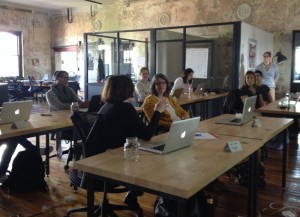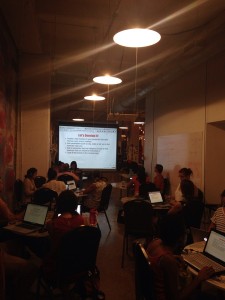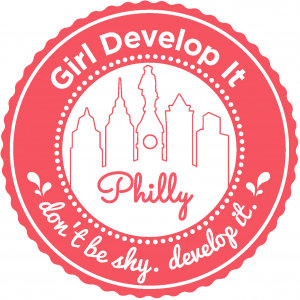Though we have each chosen our desktop text editor of choice, we are currently exploring online environments in which we can collaborate in our code editing practices. Below are a few of the online editing spaces that we have explored thus far:
Collabedit offers free online editing in a variety of languages, along with a chat bar on the side so that editing partners can communicate. It is very minimal and does not feature color coding or autofill.
Stypi (formerly https://code.stypi.com Stypi became defunct in 2015)
Stypi is another free online collaboration space. Like Collabedit, it is very minimal, with one common coding area and a side bar for collaborator chat. However, Stypi also features auto complete and color coding for the various languages that it supports.
While it does not support the same variety of languages as other editing spaces, JSFiddle does offer three simultaneous windows for editing the HTML, CSS, and JavaScript of a page, plus a fourth window to view the result in realtime. And, like the other editors, it is free and has a chat bar on the side.
Since our current focus is on front-end web design, we will be experimenting further with JSFiddle in the coming weeks and months. Keep your eyes peeled for more in depth exploration of this and other online collaboration tools.



